This post is a sponsored deep dive on Stacks.
The Massive Potential of Bitcoin DeFi
The Incipient Bitcoin Ecosystem
Many of us originally entered the crypto industry after learning about Bitcoin - we read the white paper, listened to podcasts, and read all about Bitcoin. Then came Ethereum, NFTs, Layer-2s, Dogecoin, and now jeo boden.
So you know what Bitcoin is, you’re probably more knowledgeable than your average finance bro. But when was the last time you studied Bitcoin? In the last few years, Bitcoin has changed a lot without changing at all. How is this possible?
As you’re well aware, Bitcoin is the most decentralized and secure blockchain. It has the longest track record of perfectly executed blocks. In theory, Bitcoin should be a fantastic layer for settling transactions! However, smart contracts and applications could not be built directly on Bitcoin - that’s where Ethereum came in.
As Ethereum, Layer-2s and alternative L1’s like Solana and Sui came along, we recognized these chains were in many cases much faster. By design, Bitcoin is slow and resistant to change. With about 5-7 transactions per second, why would anyone want to build on top of a slow chain?
Thankfully, we don’t have to build directly on Bitcoin. Just like layer-2 chains that are built on top of Ethereum, there are projects building on top of Bitcoin that enable smart contracts and applications, that simply use Bitcoin as a settlement layer for transactions - the most secure, decentralized settlement layer that exists.
For years, Bitcoin has remained dormant in wallets. A recognized store of value, sure, but there was never much you could do with it, unlike all the ecosystem and staking / re-staking capabilities available on Ethereum. What if you could put some of that dormant BTC to work? What if you could turn BTC into a productive asset?
My Thesis on Stacks and Bitcoin DeFi
Where can things go from here?
In short, I believe that Bitcoin DeFi has massive potential and will likely become a major DeFi ecosystem in the years to come. Let’s look at the numbers.
As of the time I’m writing this total DeFi TVL is around $93B.
If you include liquid staking, that number increases to $140B.
Impressive, right?
Well, compare that $140B to Bitcoin’s $1.25 Trillion market cap. In the past month, Bitcoin’s market cap has fluctuated by more than the total TVL in all DeFi applications. Even if only 1% of Bitcoin entered DeFi, that would be more than all chains besides Ethereum. If 10% of Bitcoin entered DeFi, TVL on Bitcoin L2s would surpass Ethereum itself. And that doesn’t include stablecoins and altcoins that will undoubtedly emerge on these chains.
But why would Bitcoin holders deposit their precious BTC into DeFi?
For the same reasons that more-and-more assets are being tokenized year after year and the same reasons that large swathes of ETH are currently deposited into various liquid staking, restaking, lending, CDP, and DEX protocols:
DeFi turns non yield bearing assets into yield bearing assets. Lending out your BTC will allow you to earn a consistent, if modest, interest on it.
DeFi allows you to instantly borrow against your assets. Long-time Bitcoin holders may want to use their gains to improve their lifestyles; however, selling creates a taxable event is tough to stomach if you see fiat currencies continuing to inflate in the coming years. Chains like Stacks will let people use their Bitcoin as collateral to instantly borrow funds that can be used elsewhere. The demand for this is already proven through the use of WBTC on Ethereum.
We’ve already seen hints of this, with 9 Bitcoin L2s having over $1M in TVL, up from 5 six months ago.
This piece will focus on Stacks, one of the most established Bitcoin L2s, which has an imminent upgrade to become significantly faster.
Enter Stacks
“Stacks extends the capabilities of Bitcoin without changing Bitcoin, unlocking billions in latent capital… The goal of the Stacks layer is to grow the Bitcoin economy, by turning BTC into a productive rather than a passive asset, and by enabling various decentralized applications.”
— Stacks
“The vision is simple: Bitcoin is a $1.2T asset class with very little on-chain activity. So there’s an enormous opportunity for protocols and layer-2s to make Bitcoin a productive asset… Over the next few years, I fully expect the market for Bitcoin L2s to likely meet and exceed that of Ethereum L2s”
— Andre Serrano, Product and Partnership Manager at Stacks
Bold statement. If this vision comes to fruition, the opportunities to capture value during this explosion of growth are massive.
In this article, I’ll explain:
What Stacks is
How Stacks can help unlock 10’s of billions of Dollars in dormant capital
What tech Stacks uses to execute this plan.
Additionally, I’ll cover some interesting user features Stacks offers and will explain my personal thesis on Stacks and the greater Bitcoin DeFi ecosystem.
Brief History of Stacks
Initially Stacks was known as Blockstack, and was founded over a decade ago by Muneeb Ali and Ryan Shea at Princeton.
Later in 2017, Stacks raised capital in the pursuit of the original vision: build infrastructure to set free the latent capital within the Bitcoin network, and fundamentally change the nature of Bitcoin - without changing Bitcoin itself.
Stacks raised a large amount of capital through a few rounds - investors included the Winklevoss twins, Naval Ravikant, Blockchain Capital, and many others.
Stacks Technology
Clarity Smart Contract Language
Stacks enables smart contracts on Bitcoin by using the Clarity language, which is a more secure language than Ethereum’s Solidity language. It enables BTC to be used as a productive asset, just like ETH is used as ‘money’ on most EVM chains.
You’ve probably heard of the Lightning Network, a layer for fast peer-to-peer payments. The Lightning Network extends Bitcoin functionality without requiring any changes to the Bitcoin network. However, you can’t build an NFT marketplace using Lightning, or a DEX, or any other application aside form peer-to-peer payments. While the Lightning Network is certainly a step forward in Bitcoin’s journey, Bitcoin needs smart contract functionality to transform BTC from a passive into a productive asset. Stacks and the Clarity language give developers a safe way to build complex smart contracts on Bitcoin.
Proof of Transfer (PoX)
Stacks is not a sidechain. Sidechain transactions would not record on Bitcoin’s blockchain. In order to make these transactions immutable, transactions must settle and record on Bitcoin’s immutable chain. Similar to L2’s on Ethereum, transactions ultimately settle on the base layer. Because Bitcoin is indeed much slower than Ethereum, Stacks uses a novel consensus mechanism called Proof of Transfer.
Stacks PoX utilizes Bitcoin’s network security to secure the Stacks chain. Stacks miners bid using BTC to mine blocks, and that BTC is transferred directly to STX ‘Stackers’ - those that lock their STX tokens.
In short, Stacking STX earns BTC. Pretty cool.
Stacks technologies sBTC and the Nakamoto Release are instrumental in the growth of the Bitcoin ecosystem and the transformation of Bitcoin as an asset.
The Nakamoto Upgrade
The Nakamoto Upgrade is an upcoming upgrade for the Stacks network aimed at improving transaction speed and guaranteeing Bitcoin-level security. It will change how blocks are produced, making them faster and more secure. Currently, Stacks block production relies on miner elections, but Nakamoto will decouple this process, allowing for faster transactions and reducing the risk of chain reorganizations.
Until now, the Stacks blocks have been anchored 1:1 to Bitcoin blocks, and as we know, that’s not very fast. Transactions would take 10+ minutes to be mined within a block. The Nakamoto upgrade reduces transaction time down to seconds.
Stacks will now have Bitcon finality. This means reversing a transaction on Stacks is as least as hard as reversing a Bitcoin transaction (i.e. it would cost billions in computational power to rewrite the chain’s transaction history). This makes Stacks the most secure Layer 2 chain in existence.
Faster, more secure transactions without sacrificing decentralization. That’s a technological advancement.
Additionally, the Nakamoto Upgrade mitigates Miner Extractable Value (MEV). Before the upgrade, large Bitcoin miners could essentially siphon Stacks miner rewards. To realign incentives, Stacks engineered a solution that creates a fairer mining landscape.
sBTC
The Stacks ecosystem allows for the creation of layer 2 solutions, one of which is the sBTC token. sBTC is a Bitcoin-pegged asset on the Stacks blockchain. It's essentially a 1:1 representation of Bitcoin on the Stacks chain, allowing users to interact with Bitcoin in a decentralized and programmable manner. It’s different from wBTC in that wBTC is for EVM users, and sBTC is for Bitcoin ecosystem users.
Another key difference between wBTC and sBTC, and an important note for sBTC: sBTC is the only truly decentralized Bitcoin backed asset on Stacks. wBTC is backed by custodians, and sBTC has no need for any centralized entities.
sBTC inherits security from the Bitcoin blockchain, and is a key mechanism in scaling the Bitcoin ecosystem, potentially unlocking billions of dollars of BTC to circulate productively within the ecosystem.
Here's how it works:
The process starts with users locking their Bitcoin in a designated smart contract on the Bitcoin blockchain. This locking mechanism mints an equivalent amount of sBTC on the Stacks blockchain. Again, this process is done in a trustless and decentralized manner.
Users can now use sBTC within the Stacks ecosystem just like any other token (similar to how users can interact with wBTC on EVM chains). They can trade it, provide liquidity, and use it in smart contracts or decentralized applications.
When users want to redeem their Bitcoin, they burn the sBTC tokens they hold on the Stacks blockchain. This action triggers the release of the locked Bitcoin in the smart contract on the Bitcoin blockchain, allowing users to retrieve their original Bitcoin.
This process ensures a trustless and decentralized bridge between the Bitcoin and Stacks blockchains. Users can freely move their Bitcoin onto the Stacks blockchain to take advantage of its smart contract capabilities, and then move it back to the Bitcoin blockchain when needed.
sBTC and the sBTC Protocol will be fully functional about 2 months after the implementation of the Nakamoto Release.
STX Token
STX is the native token the Stacks blockchain, it’s crucial for securing the Stacks network and has several utilities:
STX is used as a gas token to pay for transaction fees and smart contract execution on the Stacks blockchain. Whenever users interact with smart contracts or perform transactions, they need to pay a fee denominated in STX. These gas fees go directly to STX miners.
STX holders have the ability to participate in the governance of the Stacks blockchain. They can vote on proposals related to protocol upgrades, changes, and other decisions that affect the Stacks ecosystem. The more STX a user holds, the more voting power they have.
STX tokens are used to incentivize developers, miners, and participants in the Stacks ecosystem. Developers who build and deploy smart contracts may receive STX rewards, and miners who participate in consensus and secure the network are rewarded with newly minted STX tokens.
Owning STX tokens can be beneficial for several reasons:
STX tokens are required to access and utilize various services within the Stacks ecosystem. Whether you're deploying smart contracts, participating in governance, or staking for consensus, holding STX tokens allows you to engage with the ecosystem.
Holding STX tokens gives you a say in the future direction of the Stacks blockchain via governance proposals.
By ‘Stacking’ your STX tokens, you can earn Bitcoin as a reward for helping to secure the network. This can provide a passive income stream for STX Stackers while also contributing to the overall security and decentralization of the blockchain.
As the Stacks ecosystem grows and adoption increases, the demand for STX tokens may rise, potentially leading to an increase in their value over time, meaning holding STX tokens could be a way to potentially benefit from the growth of the ecosystem.
The STX token has been around for quite some time. The STX TGE was in January of 2018. It had a large run up in 2021 and into 2022, while ultimately drawing down over 90% from it’s 2021 peak.
From the bottom in late 2023, the STX token rallied over 10x off the lows and hit an all-time high of nearly $4 in March. Currently the token has drawn down around 40% from the highs.
While most of the supply is unlocked and in circulation, including all of the ICO tokens going back to 2017, there are about 20% tokens left to come onto the market.
445M STX tokens are currently stacked, about 30% of the circulating supply.
Stacks Ecosystem
The Stacks ecosystem is vibrant and growing every day with DEXs, CDPs, easy-to-use wallets, NFT protocols, socialfi protocols and more popping up. I’ll touch on this more in the next deep dive, which will include my favorite ecosystem plays, airdrop opportunities, the best yields and more.
Stacks TVL has grown 26x from around $10M TVL in November to over $260M today.
Stacks Ecosystem Opportunities
You’ll need a Bitcoin-compatible wallet to make these transactions. Xverse and Leather are good options.
StackingDAO is a liquid stacking protocol for STX. You can stack your STX and unlock the liquidity with stSTX, the liquid staking token. StackingDAO is currently running a points system. Only 30,000 users are currently taking advantage - to quantify the potential opportunity, Solana protocol Parcl had over 200,000 farmers with a similar TVL before their airdrop. Simply put, your farming goes much farther on a protocol like StackingDAO.
Additionally, the Nakamoto Odyssey program just began on StackingDAO - so users currently earn 20x points on new deposits.
Arkadiko is a decentralized liquidity protocol where users can collateralize STX and other assets like xBTC to mint USDA (Arkadiko’s stablecoin that can currently be added to the Liquidation Pool for 55% APY) or utilize DLCs. Currently, borrow pools are are full but protocols like Zest Protocol will launch very soon and will allow you to use your BTC as collateral and borrow against it.
Alex is a DEX on Stacks with LP farms, staking, a launchpad and more. They just released an orderbook-style DEX. Liquidity is a bit shallow, so be careful if you’re trading, but there’s a points system available for those who want to use the orderbook. The platform also offers bridges from Stacks to Bitcoin, BRC-20 tokens and even EVM chains!
What’s Next?
If you’ve decided you want to dive deeper into Stacks, here are a few things you can do today to try it out for yourself and learn more:
Set up a Stacks-compatible wallet like XVerse or Leather and test out Stacks dapps (see above).
Stay tuned for future articles about Stacks in this newsletter. We have one specifically about Stacks DeFi coming later this month.
Until next time,
Dynamo DeFi

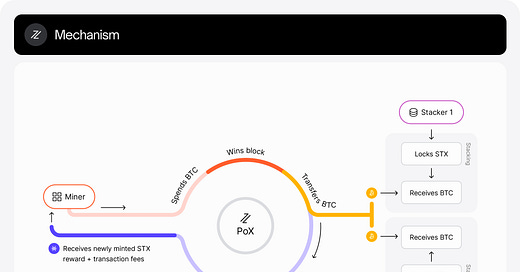


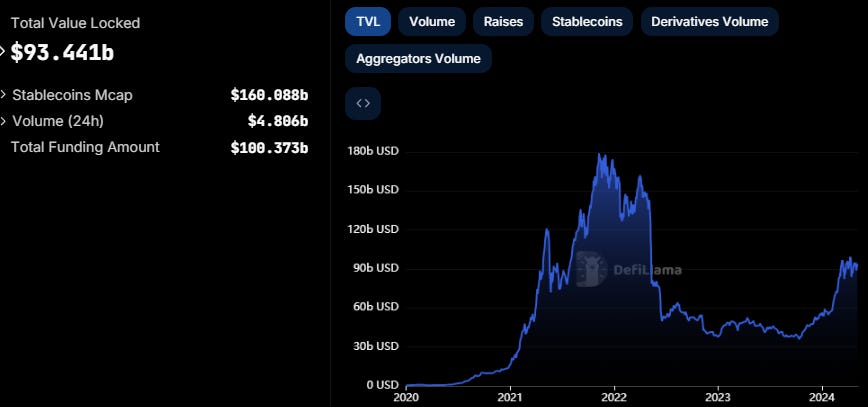
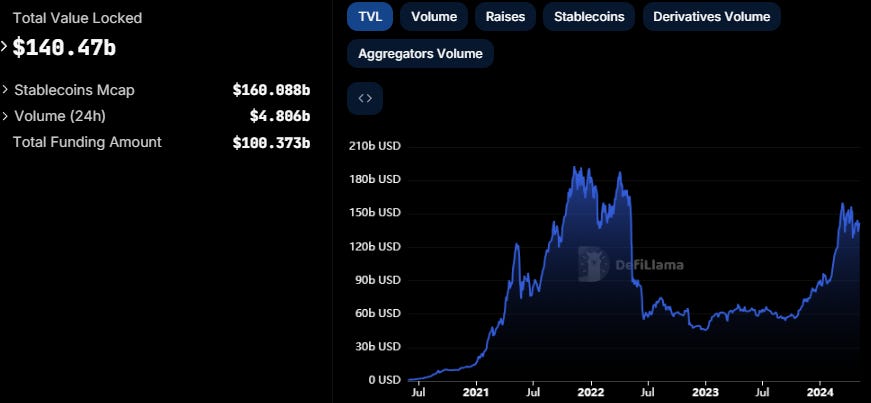
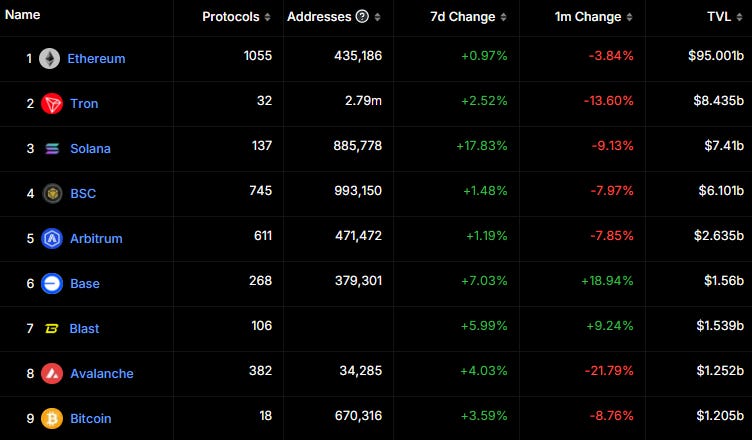
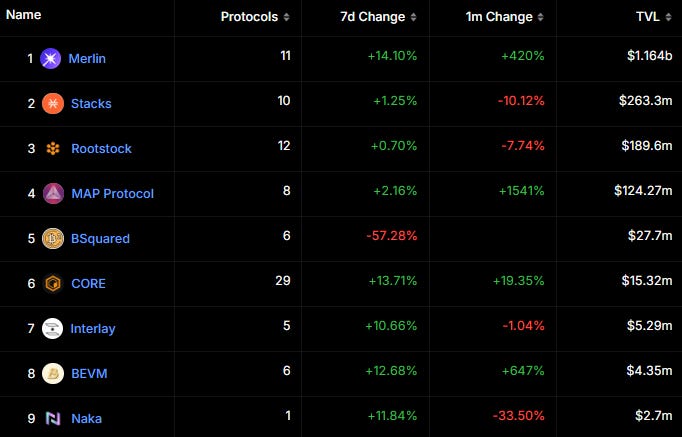
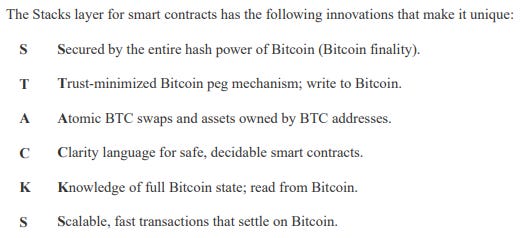
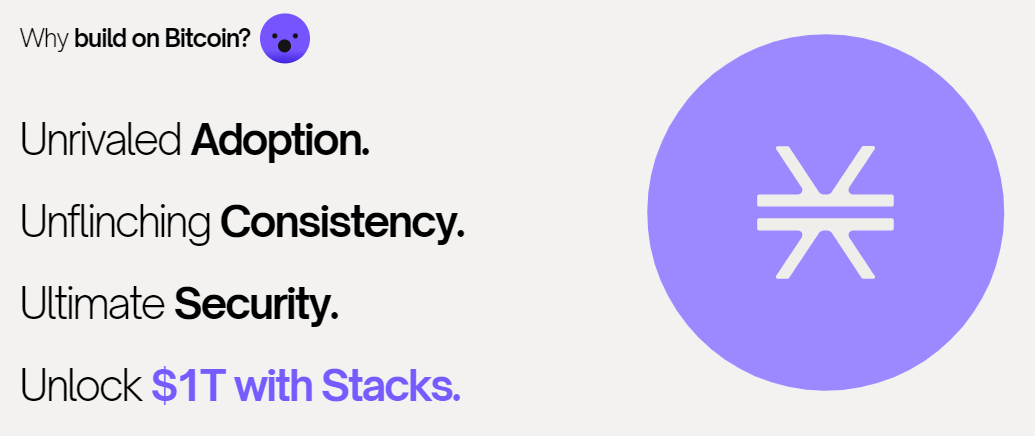
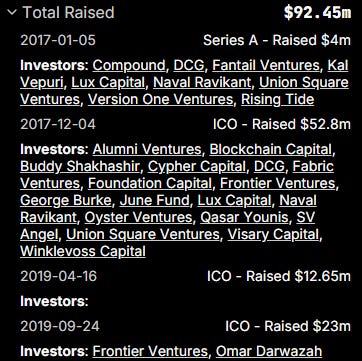

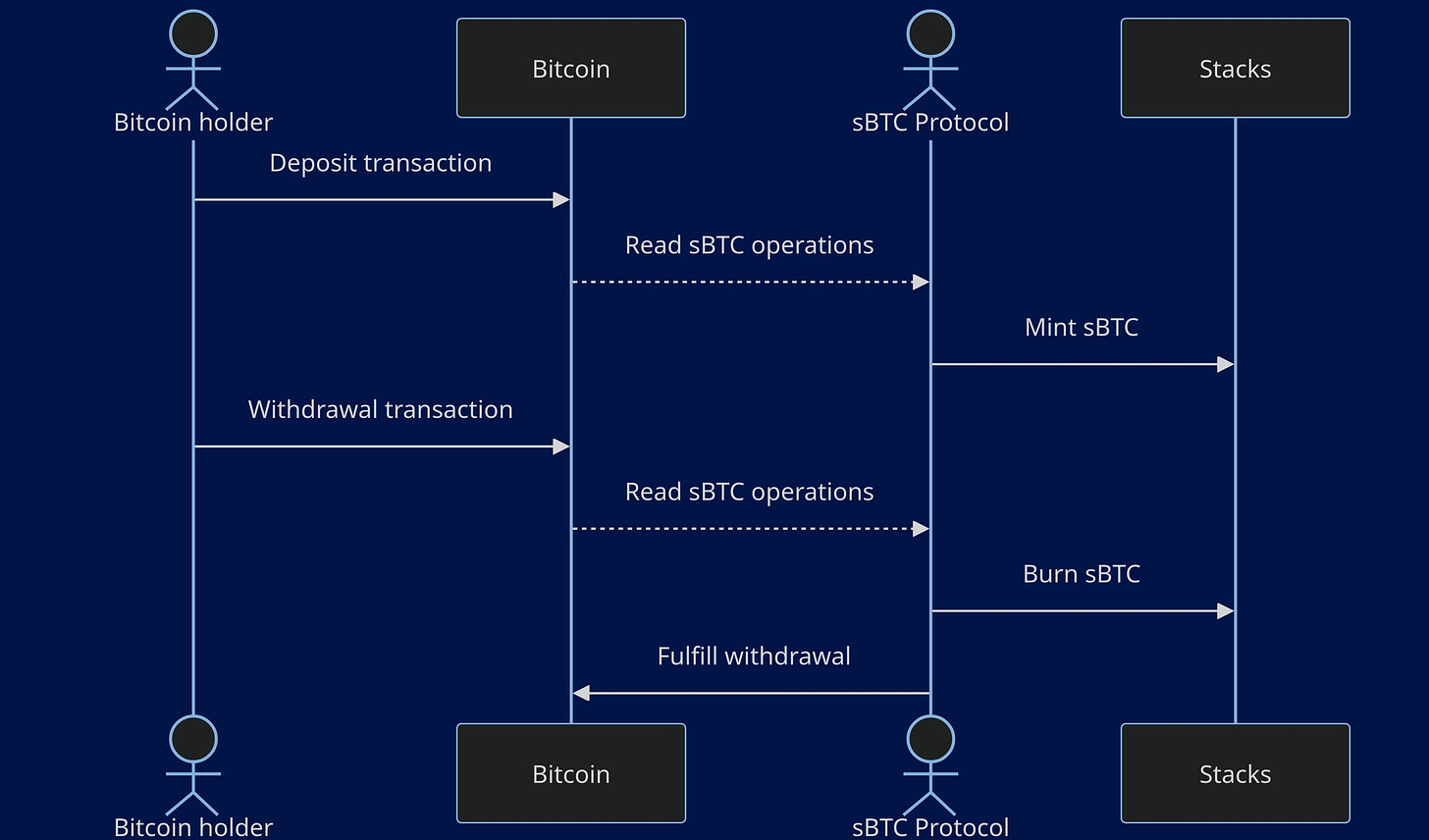
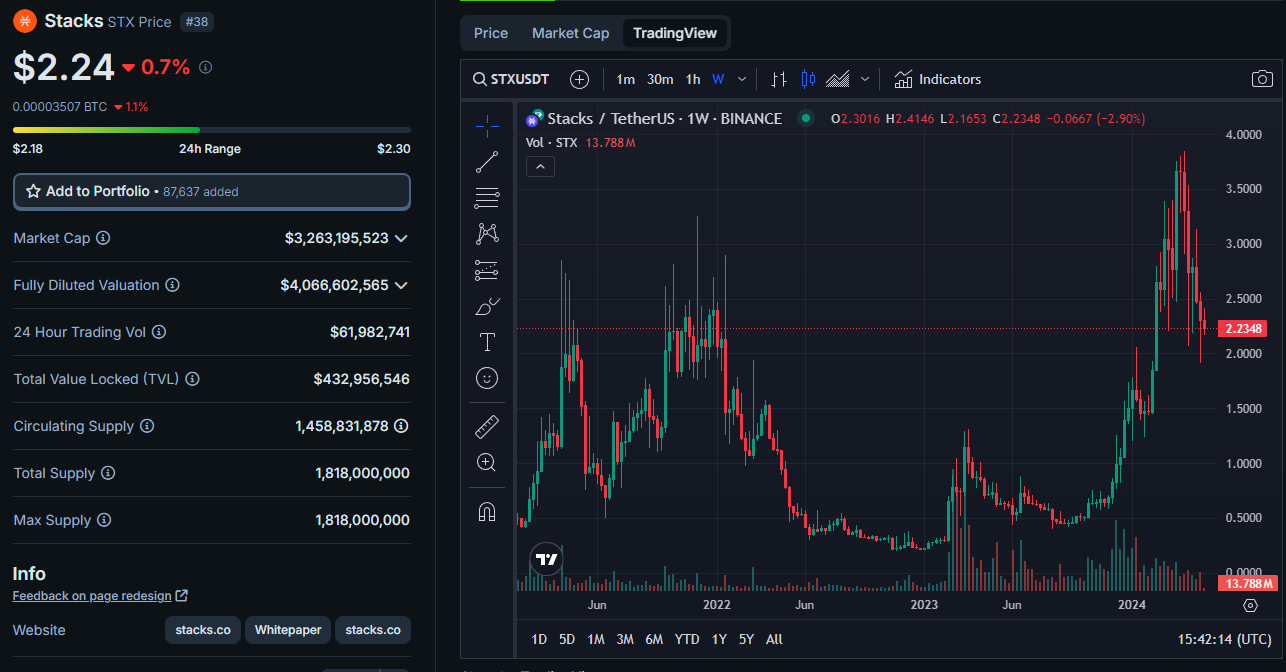
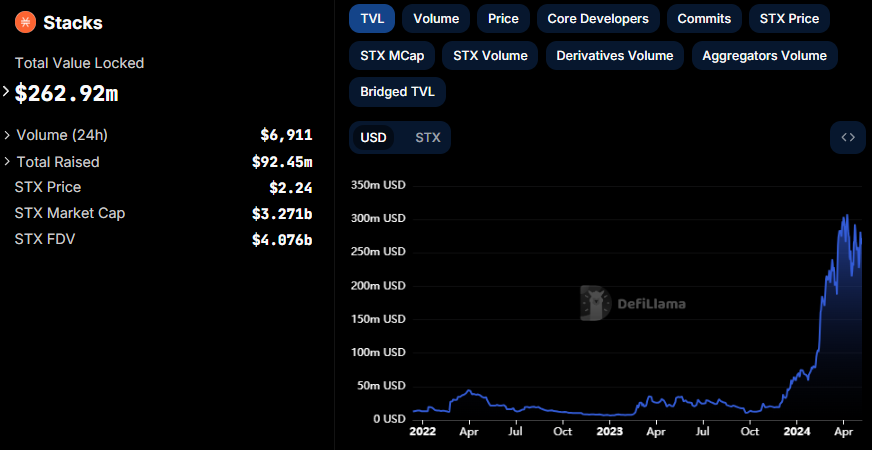
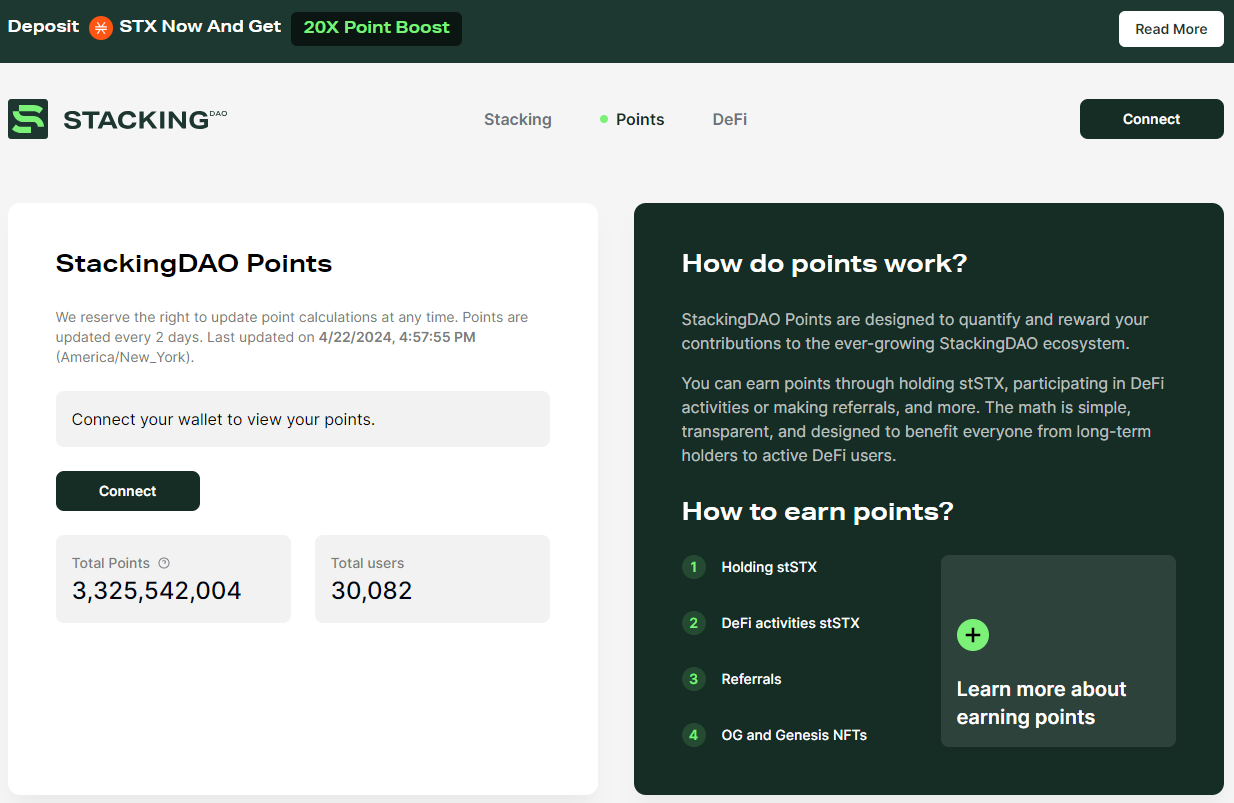
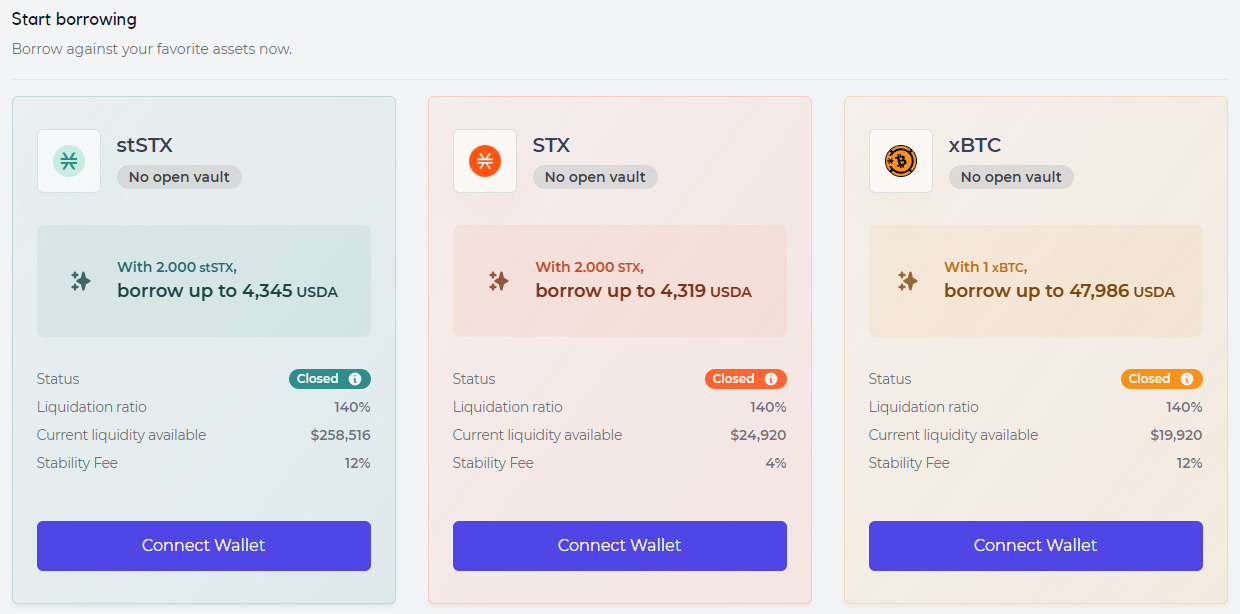
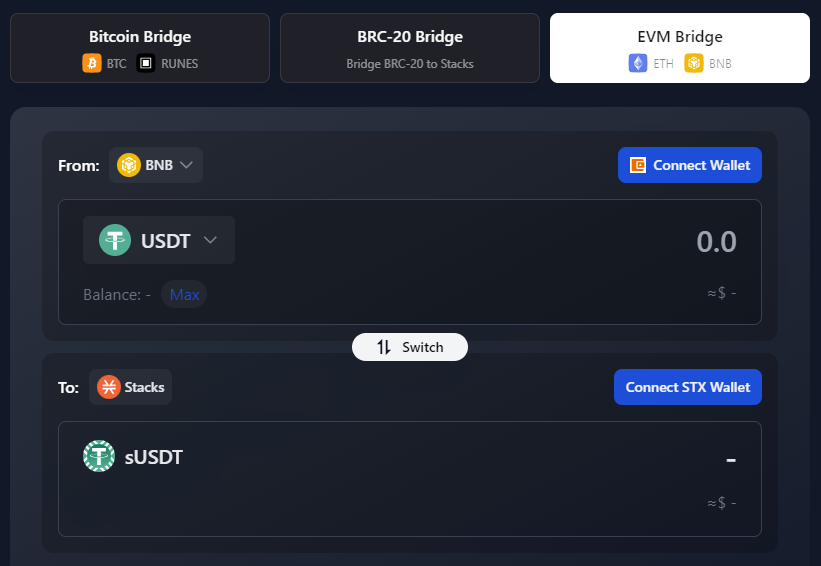
You have explained really well Good work mate
great explanation for Stacks without getting to far into the weeds. I have been referring to this, when speaking to colleagues and friends who are interested in smart contracts and L2 on BTC. Thanks for the great insight and read!